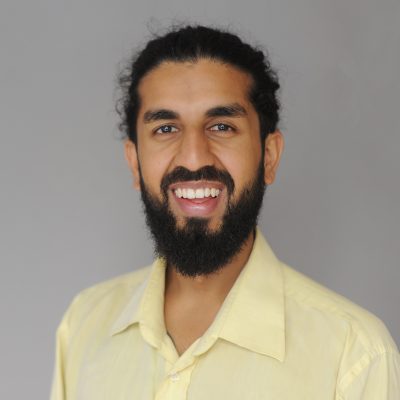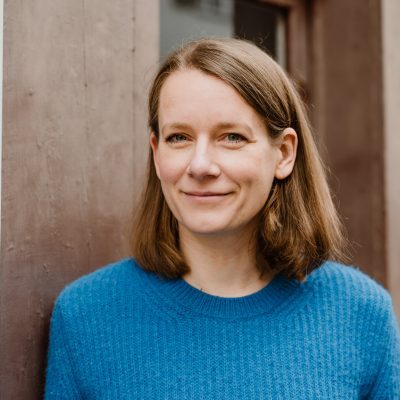Details
Article
In German historiography and culture of remembrance, the stories of minorities are often made invisible or denied. If they are told, they are usually told from the majority perspective of white-German Christian society members. In 2023, the widespread questioning of belonging for Muslims in Germany proves the phenomenon of a continuing dominant historical discourse. Given that there have been Muslims in Germany since the 18th century, the current state of historiography on German identity is very sobering for Muslims. It is time to tell German-Muslim stories.
The year 1923 is referred to as a crisis year in Germany. It was the year of hyperinflation, the occupation of the Ruhr area, and the Hitler putsch. But it was also the year when our Senior Fellow’s ancestor and his family set foot on Berlin’s German soil. Walid’s great-granduncle, Malik Ghulam Farid, may Allah be pleased with him, was one of Germany’s first imams and missionaries. The Malik couple prayed five times a day, enjoyed Daal, and drank chai. They both wore their religious head coverings in Berlin; she wore the niqab, and he wore the turban. Were they the first Muslim hipsters in Berlin?
The “German Missionar” history is told 100 years later from a Muslim, antifascist, democratic, pluralistic, and minority perspective. It concerns the lived realities of people with disabilities, Jews, queers, hijabi women, children of color, and other minorities in 1923.
Walid, who also lives in Berlin today, is fascinated with his ancestor’s journey from British India (Qadian) to Berlin, Germany, in 1923. He looks at important, relevant, and untold events from that year. His Instagram project titled From “German Angst” to “German Missionar” concerns historical, political, and educational mandates from 1923 to present. The “German Missionar” history is told 100 years later from a Muslim, antifascist, democratic, pluralistic, and minority perspective. It concerns the lived realities of people with disabilities, Jews, queers, hijabi women, children of color, and other minorities in 1923.
The narrative of “German Missionar” shifts perspectives and is told transgenerationally from the standpoint of German Muslim descendants. The “German Missionar” is German cultural heritage and “Leitkultur” (leading culture). It is a performative history where we encounter the effects of time, distance, and closeness between Walid and his great-granduncle as the narrative takes us from 1923 and 2023. In the “German Missionar,” the boundaries between fiction and reality blur as much as these boundaries blur in the story of a homogeneous German identity for exclusionary white-German Christian people. It is vital that we must tell all their stories and learn from the past. To remember means to change. If we want to learn from history, then we must tell stories – especially complete ones.





